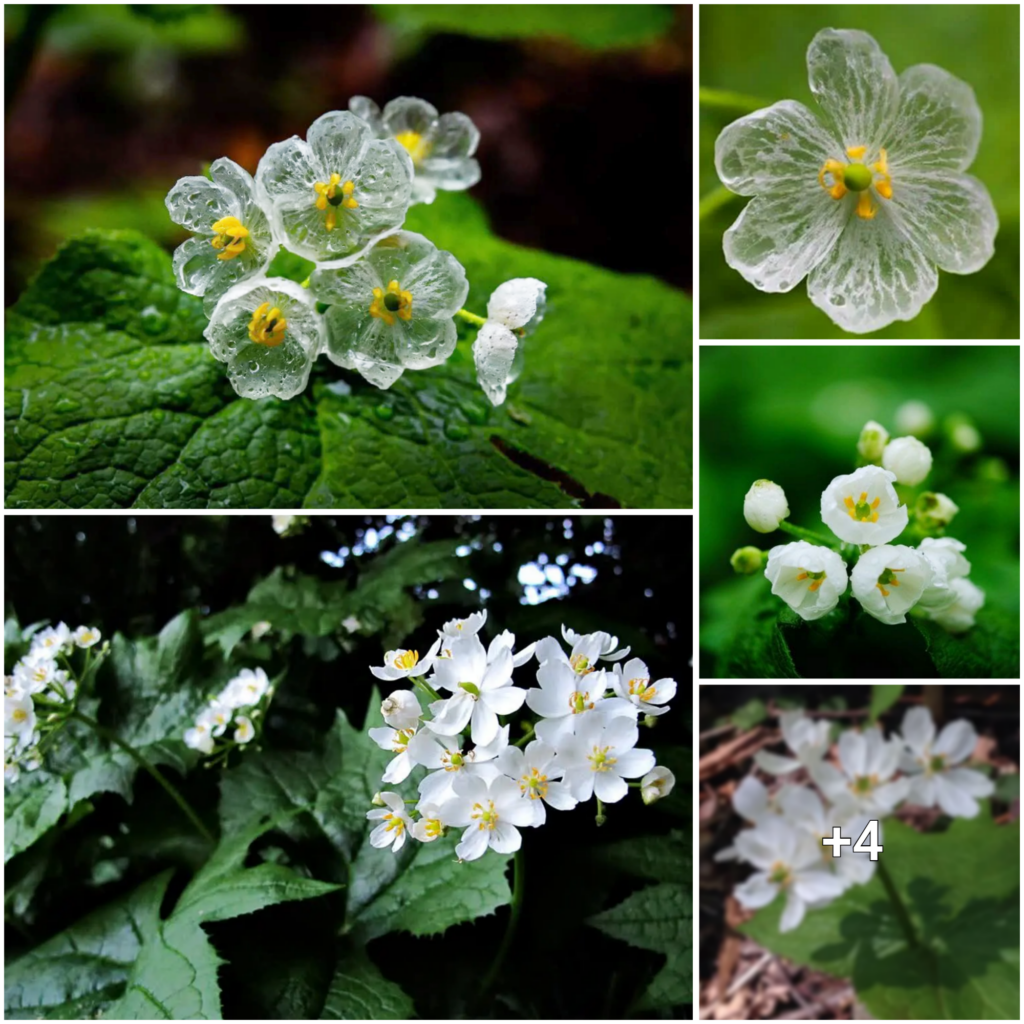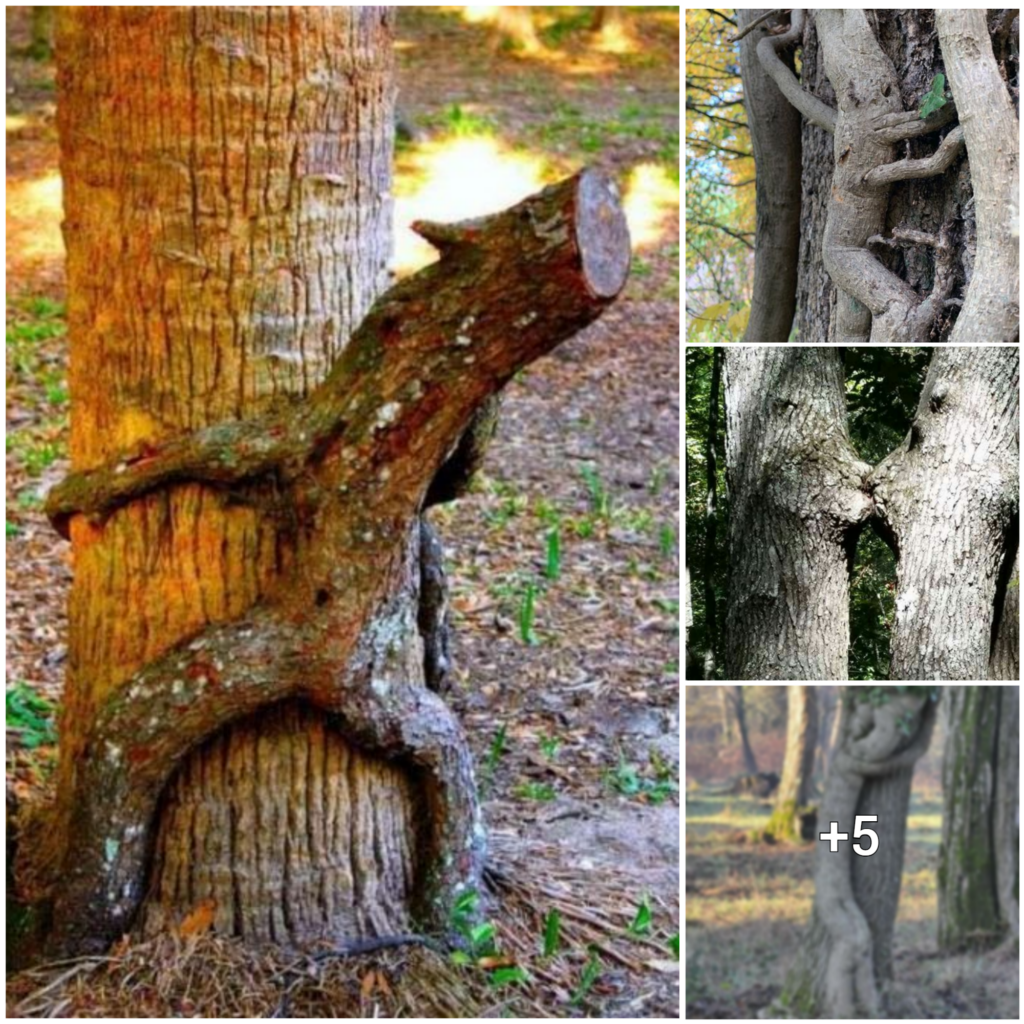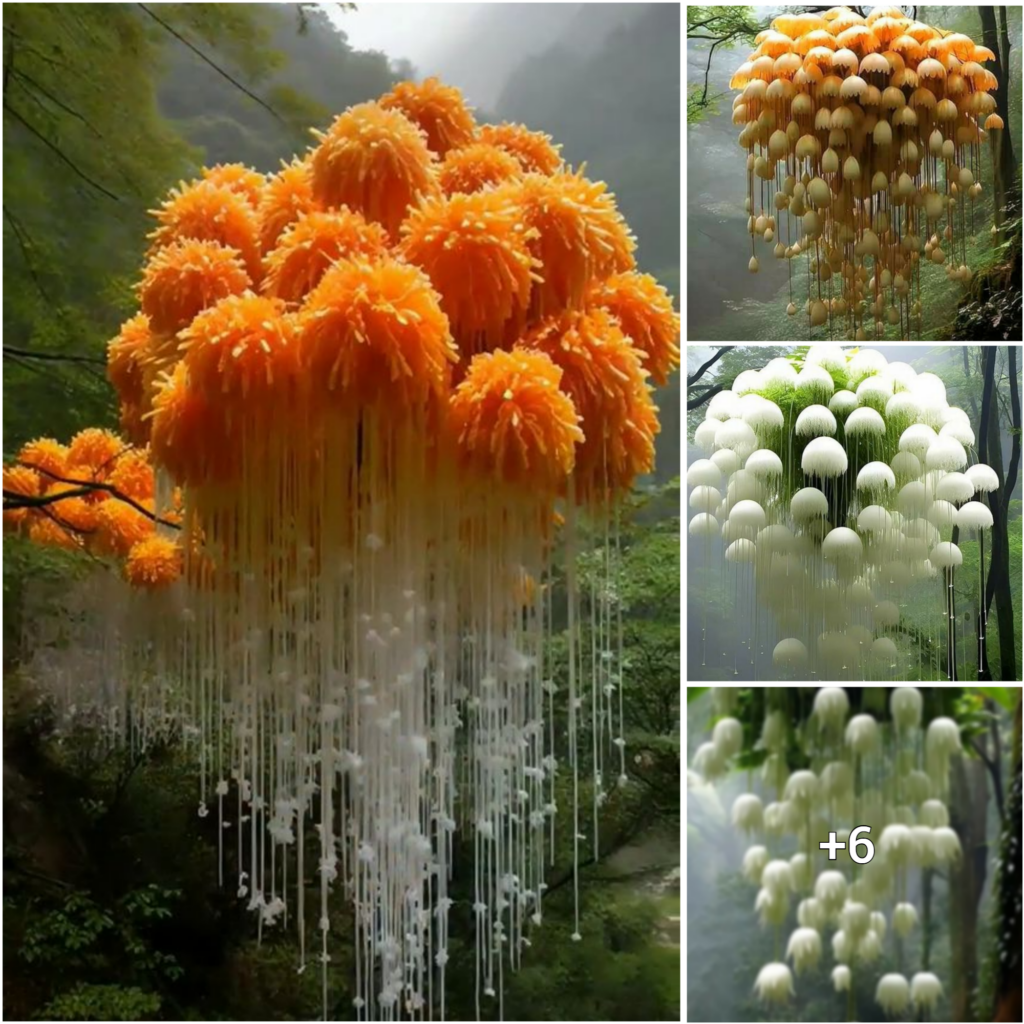The land of Phu Tang boasts countless exotic flowers, but Diep Ha Son stands out with its magical ability to transform every time it rains, leaving admirers in awe. On 05-05-2023, six types of flowers were displayed on the God of Fortune’s altar, promising profits for their owner, while their leaves were also beneficial. However, imported flowers have caused a toxic “fever” and were once used as insecticides on 08-03-2023. Two beautiful and expensive flowers contain deadly toxins. In Japan, after the summer rain, the forests become greener and fresher. Recently, clusters of transparent flowers appeared under dense trees on the mountainside, easily missed by those not observant.
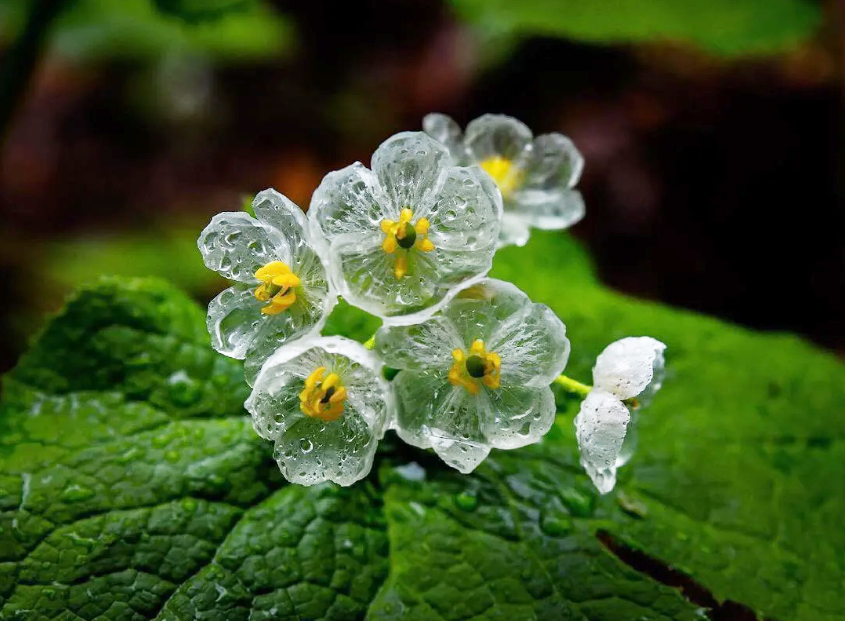
Glass bone flower, also known as Diep Ha Son, is a one-of-a-kind plant that’s quite rare in nature. While it’s commonly called bone flower, the name Diep Ha Son is more popularly used. Getting to witness this hyacinth flower bloom is a once-in-a-lifetime experience that many people hope for.
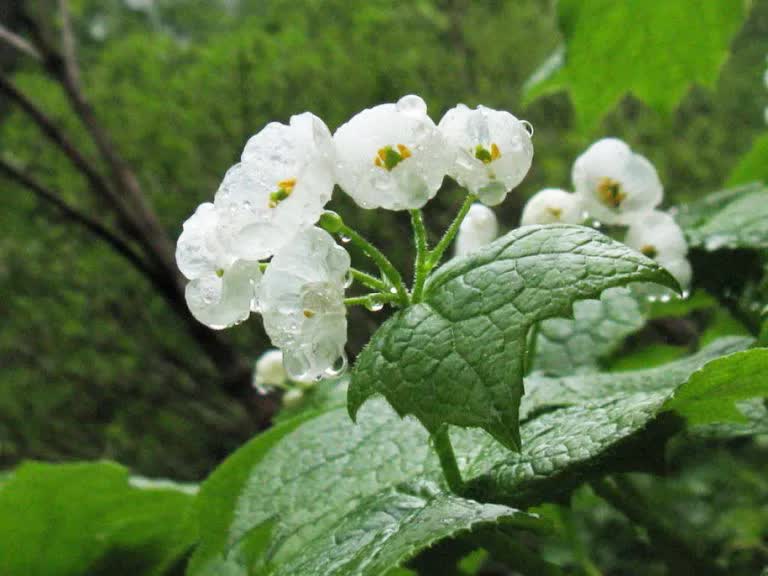
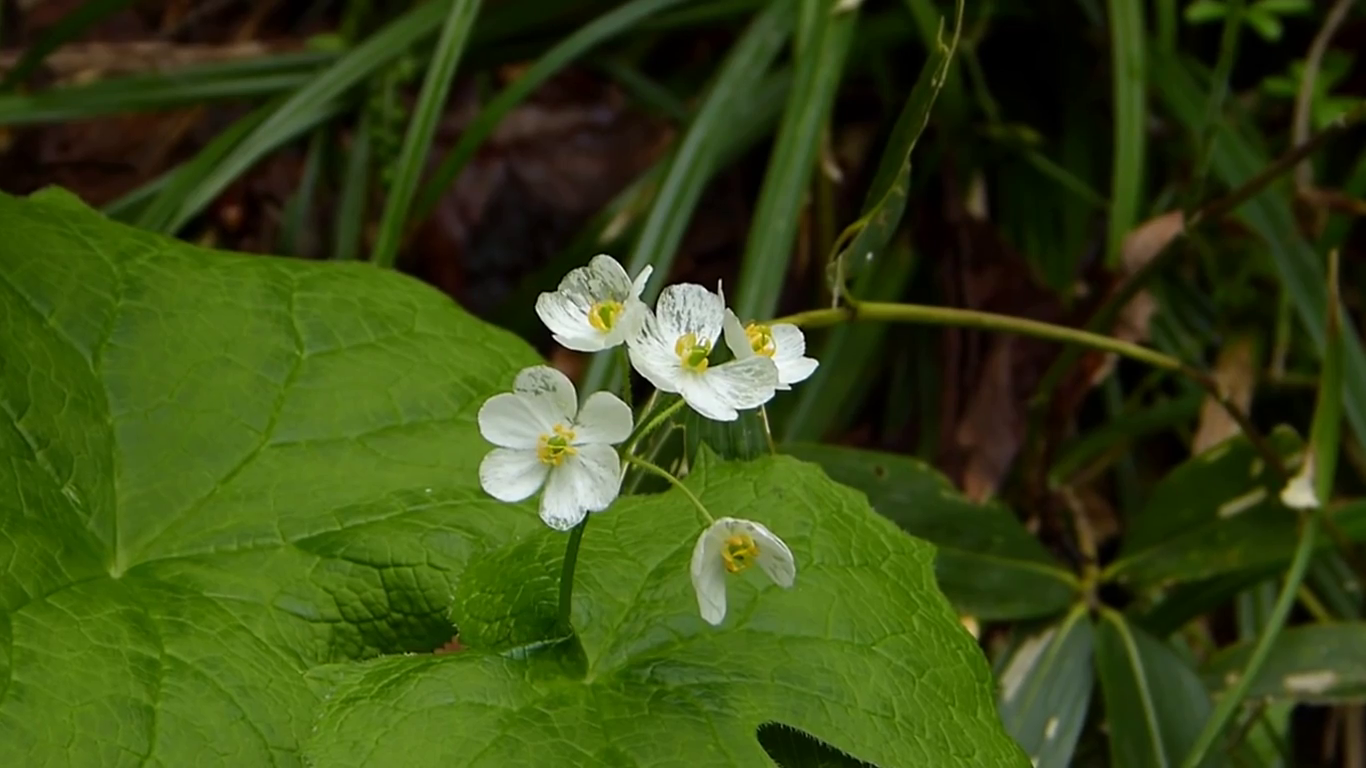
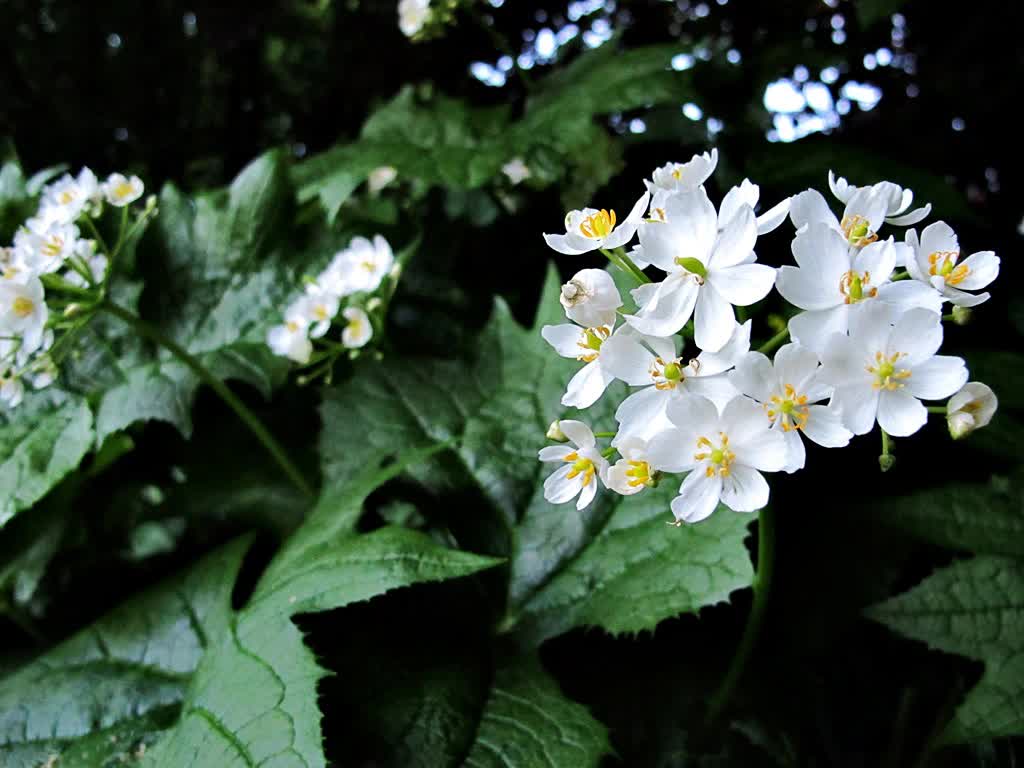
This tiny yet stunning flower possesses the power to evoke wonder. Despite not being the most prominent flower around, the lepidoptera still manages to be considered as an exotic beauty in its own right. It is often referred to as a “forest magician” due to its ability to almost disappear when water droplets fall on it. The petals become transparent, revealing its fragility while still maintaining its mysterious allure.
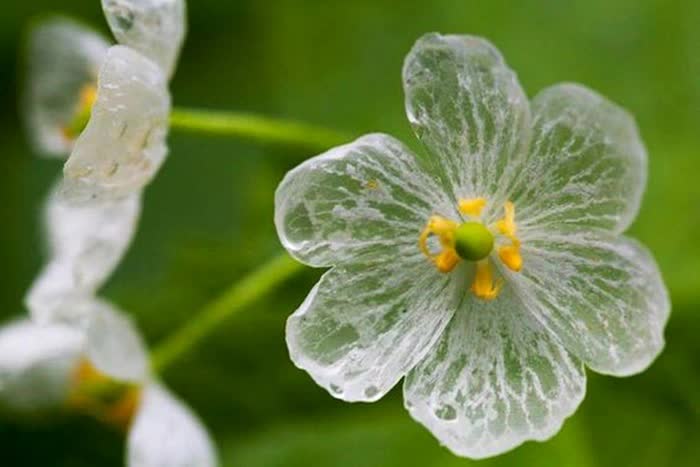
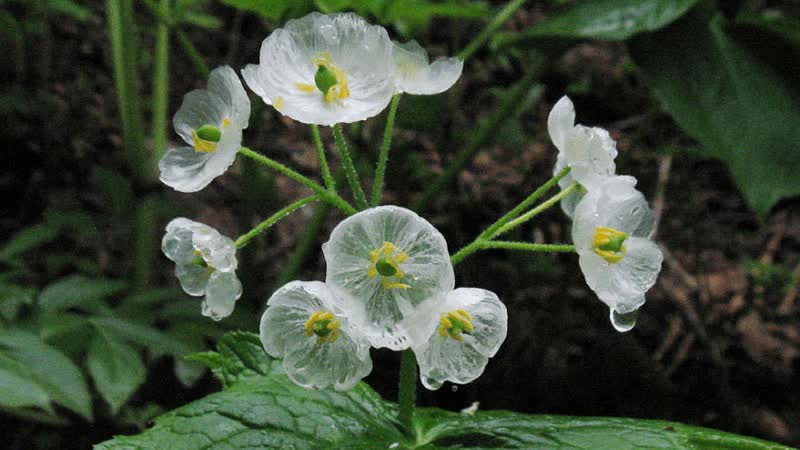
Diphylleia Grayi, commonly known as Diep Ha Son, is a member of the Hoang Wood family and was originally discovered in Japan back in 1803. The Japanese people refer to it as Sankayou flowers. These perennials thrive in cool, humid environments with minimal exposure to sunlight. They typically grow up to half a meter tall and have a canopy that spans 30-40 cm wide.
What makes this rare flower so fascinating is its unique transformation. During its budding stage, it boasts a light purple color similar to that of blueberries. However, when it blossoms, it changes to a pure white hue. Furthermore, when wet, the flower becomes transparent, and once dry, it reverts to its original white shade. It’s no wonder people consider Diep Ha Son a captivating magician of nature.
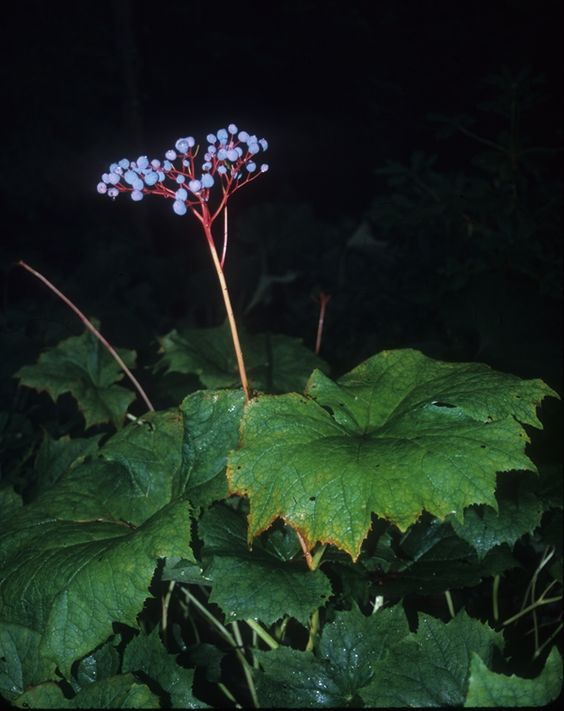
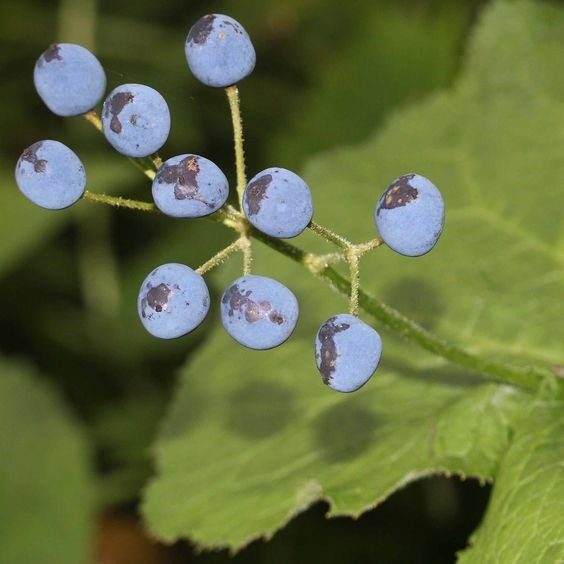
This is not a cluster of grapes, rather it’s a bud of a flower!
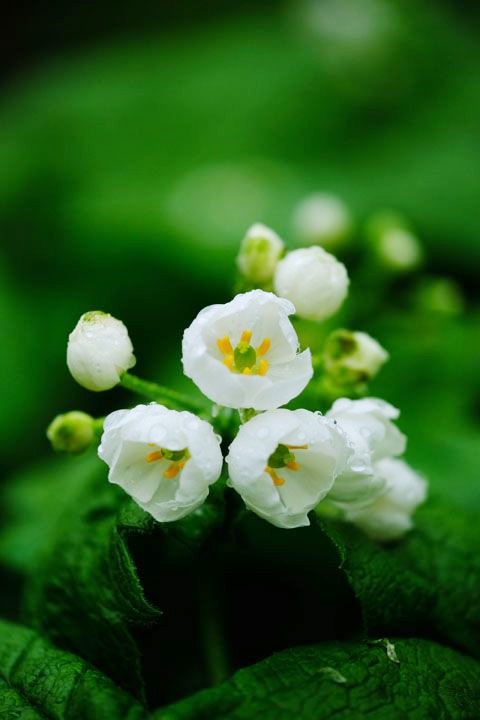

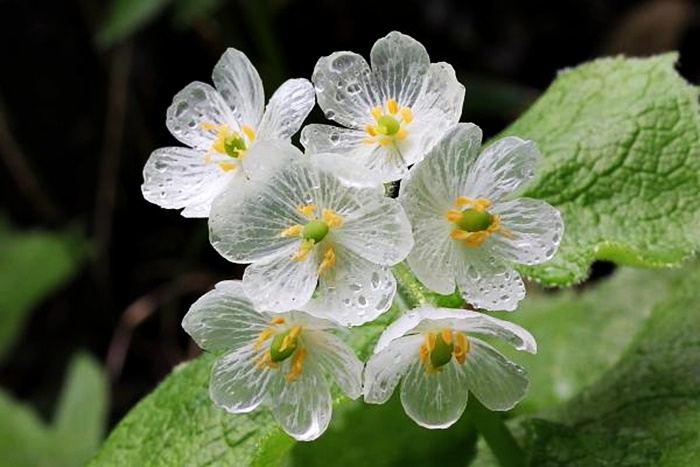
When rainwater falls on eucalyptus petals, they undergo a rapid transformation, becoming transparent in just a split second. This unique trait is not due to the pigment being washed out, but rather the loose cell structure of the petal. Water fills in the cells, creating a glass-like effect. While scientists are unsure if this is advantageous or detrimental to hyacinth flowers, it is a captivating feature that many people desire to witness firsthand. The hyacinth flower thrives in cool and humid climates and can only be found in three locations worldwide: the Appalachian Mountains (eastern United States), Hokkaido (Japan), and Yunnan (Central China). Hokkaido is the primary growing region for Diep Ha Son, the second-largest island in Japan with an average summer temperature of 17-22 degrees Celsius, making it an ideal habitat for this enchanting flower.
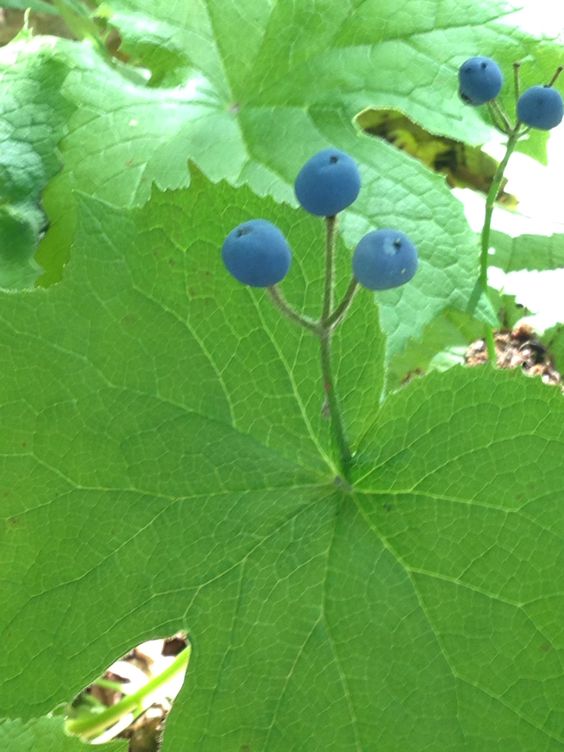
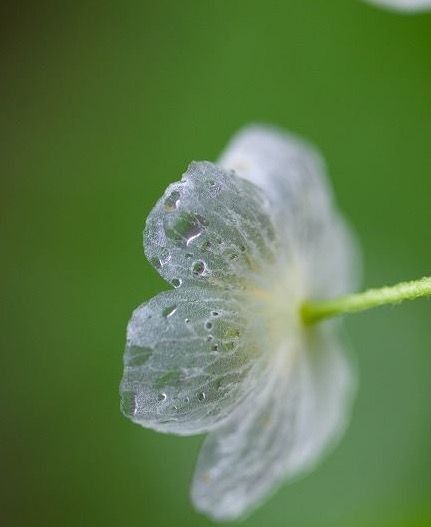



This delicate white flower has the unique trait of only blooming in July each year, thriving in low light and high humidity. If you’re not observant, you may miss the shy clusters of hyacinths hiding amidst trees drenched in summer rain.
Diep Ha Son is a popular choice for decoration and aesthetic purposes, adding charm and elegance to any space. It’s often compared to first love as it exudes innocence and fragility.
Furthermore, this plant is highly valued in traditional medicine for its ability to enhance blood circulation and detoxify the body. Eucalyptus leaves are commonly used by those living in mountainous areas to treat snake bites.
Interestingly, the late Korean singer Kim Jong-hyun even dedicated a song titled Sanhayeob, the Korean name for this beautiful flower.

